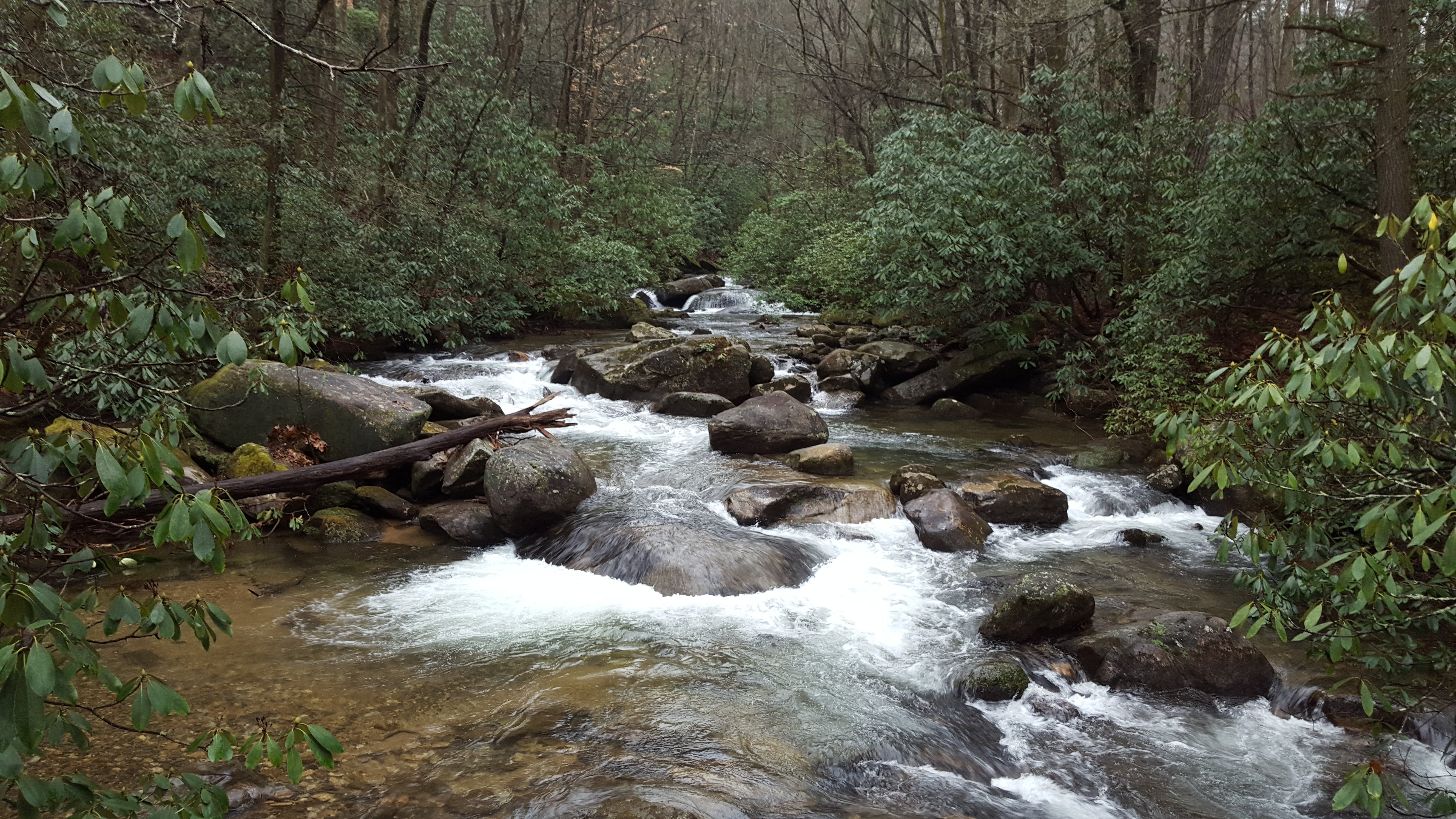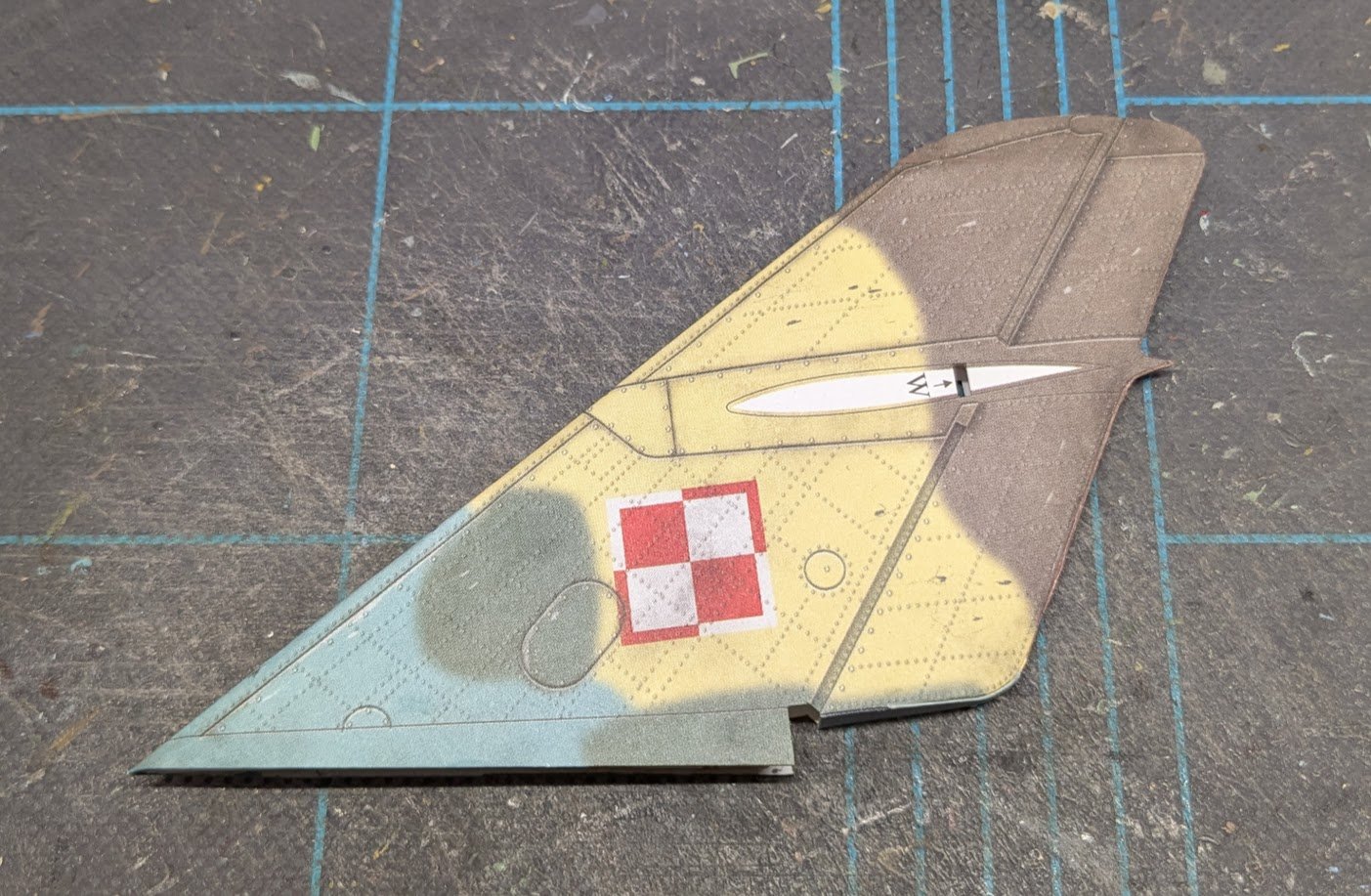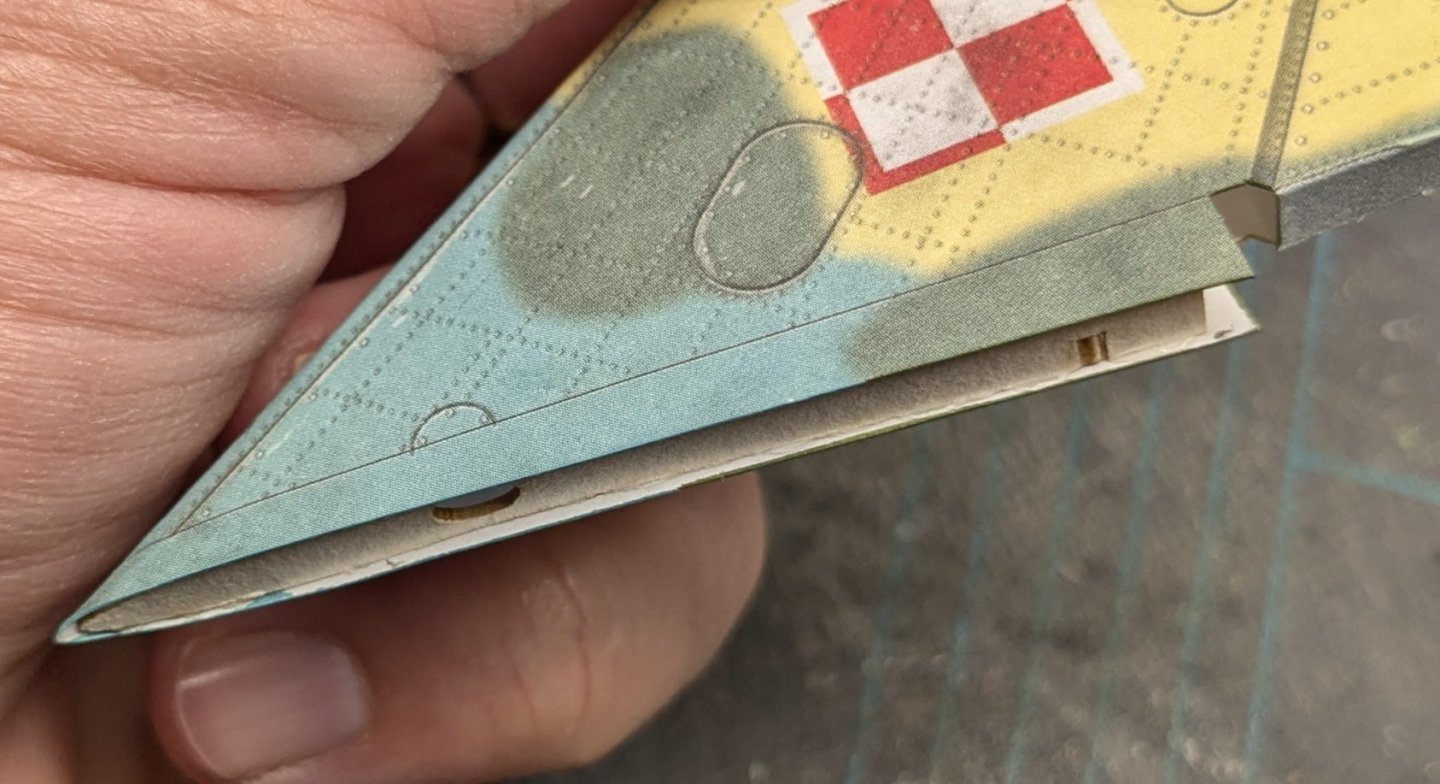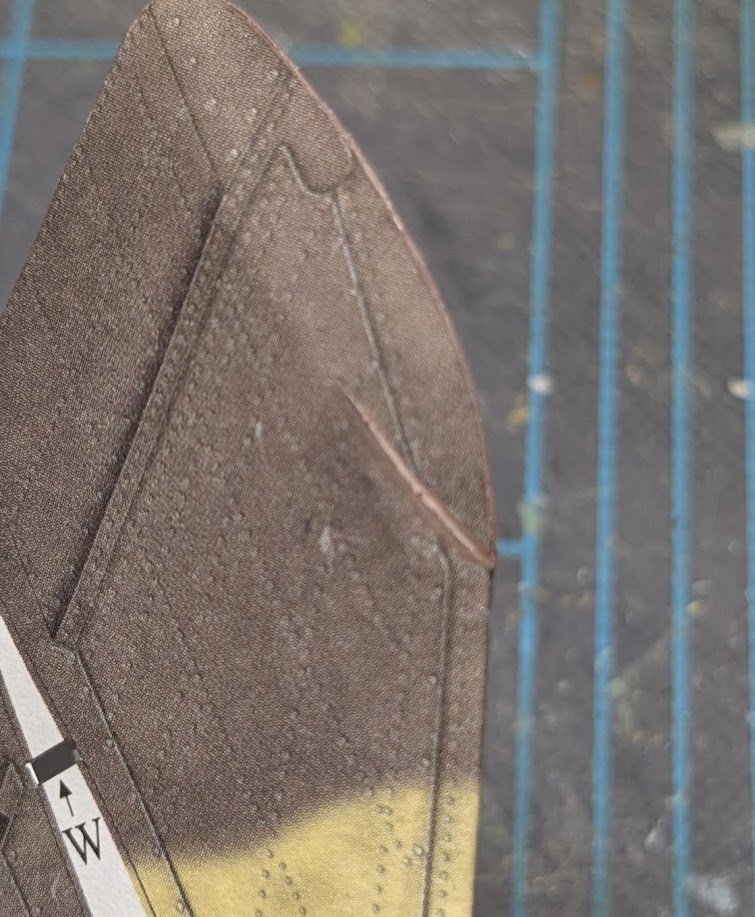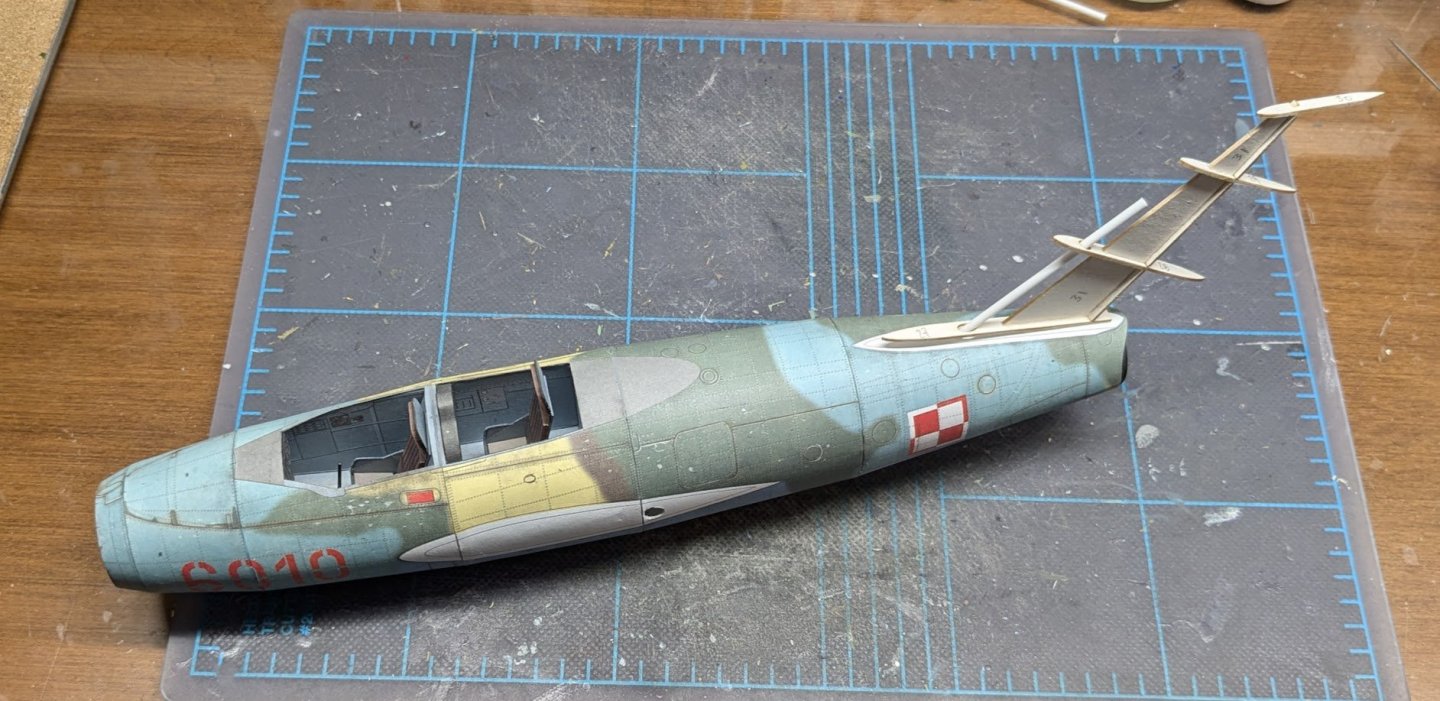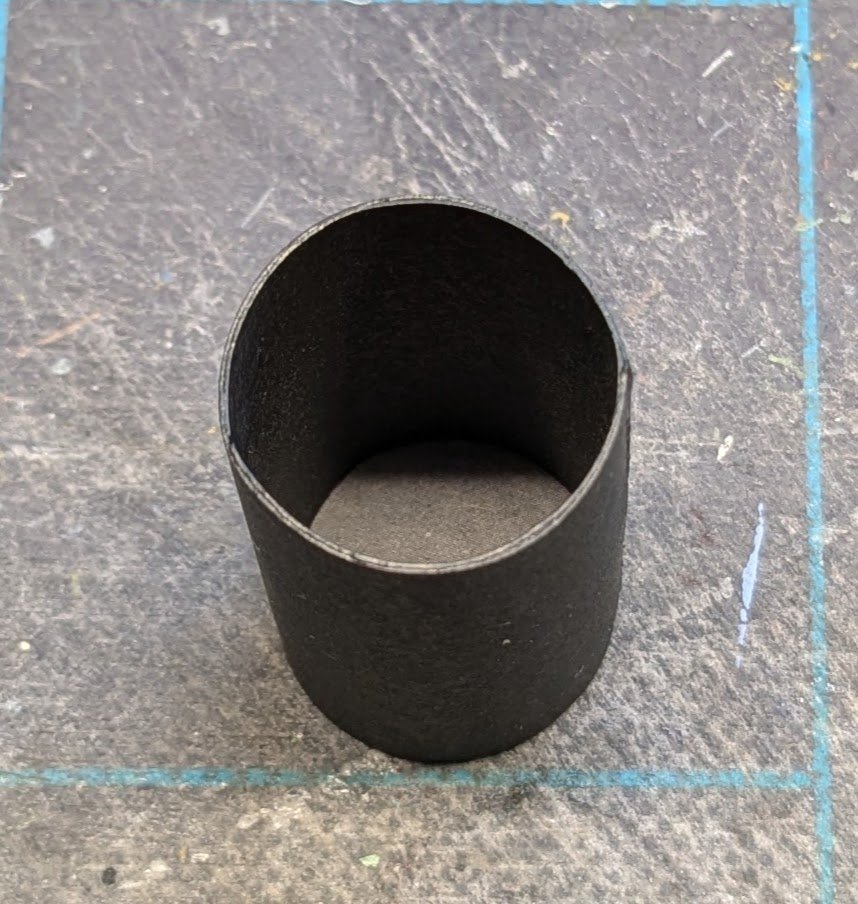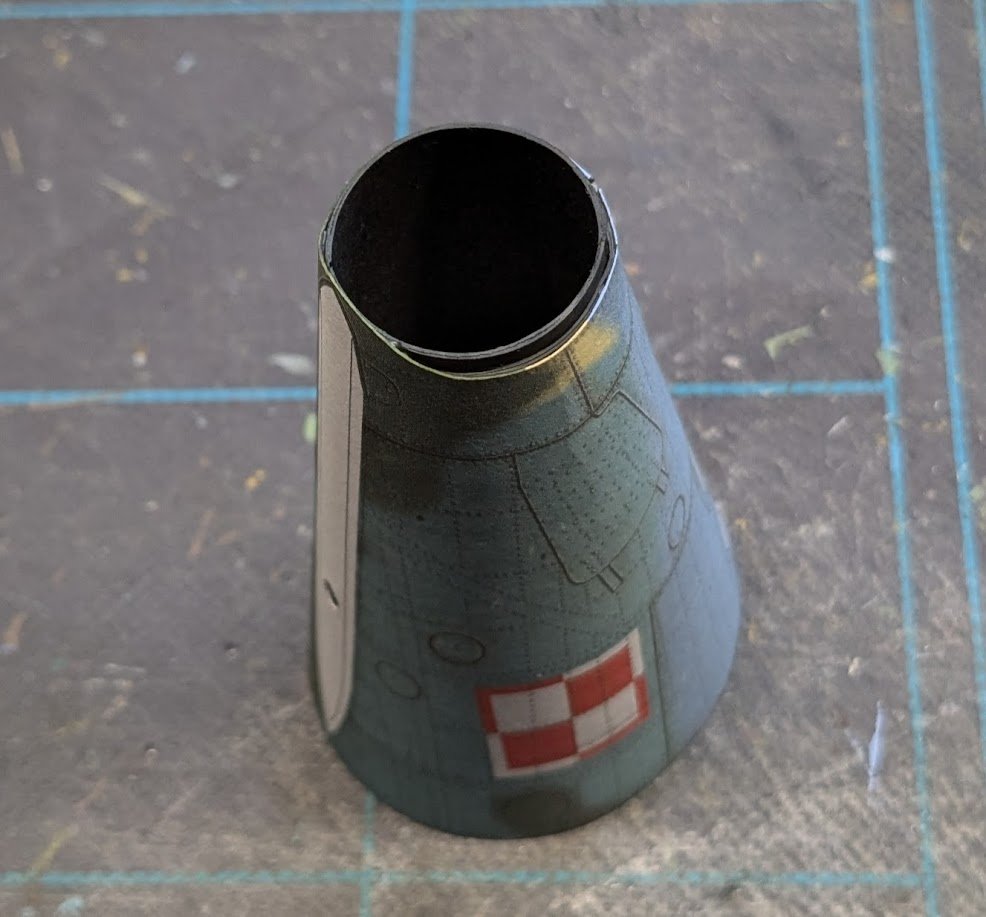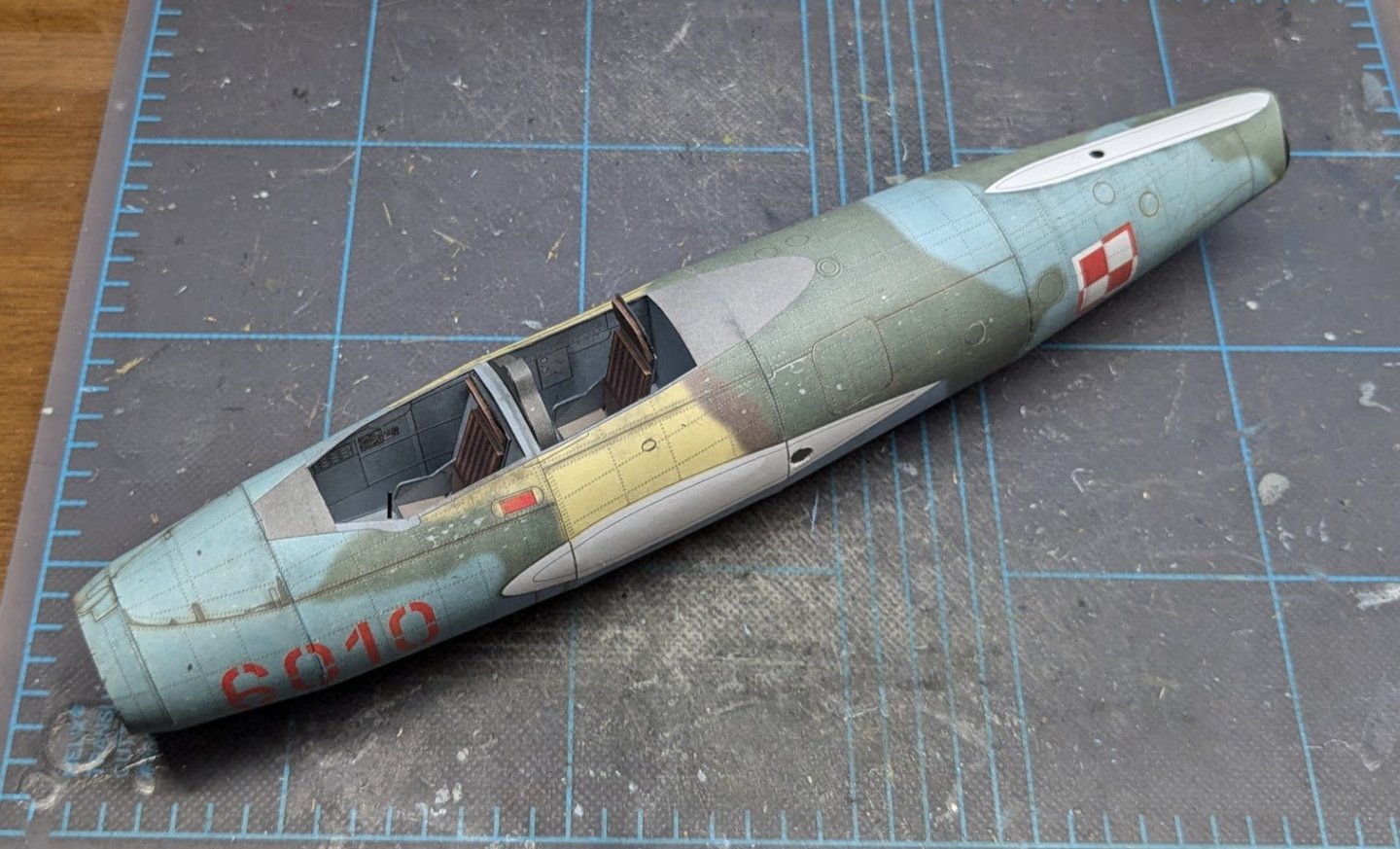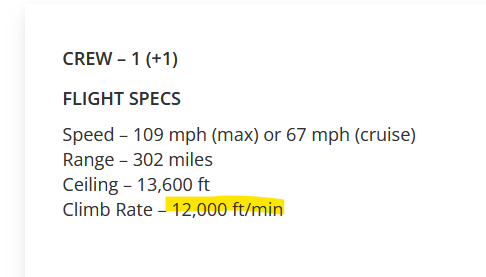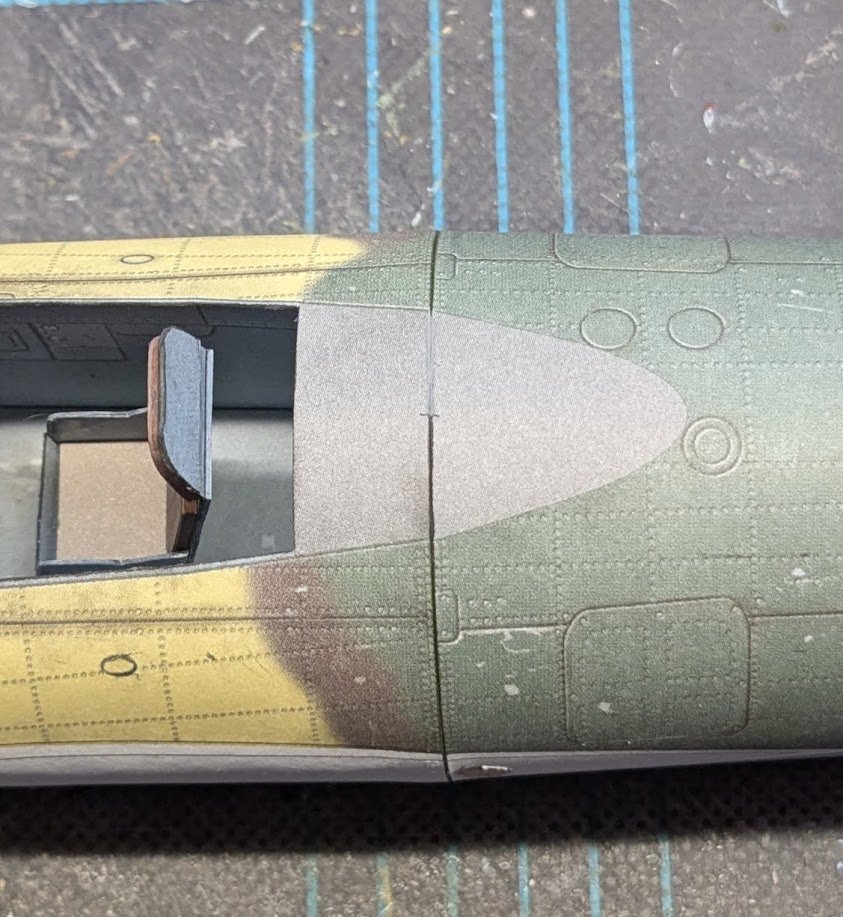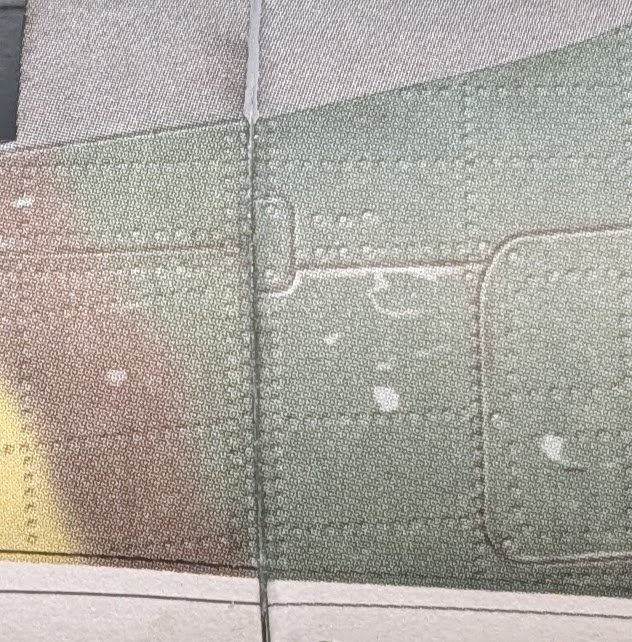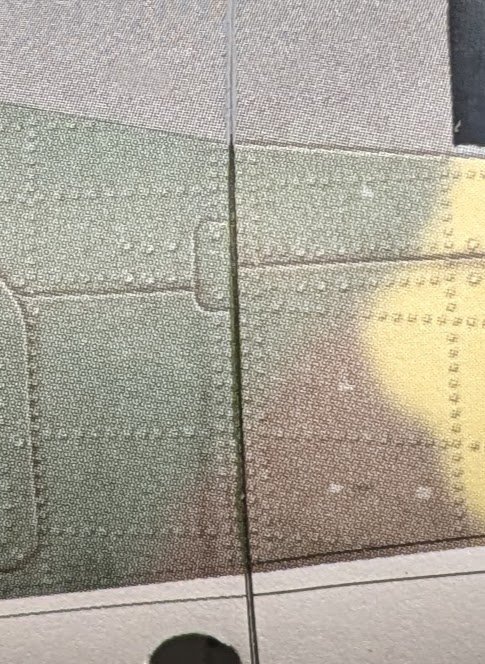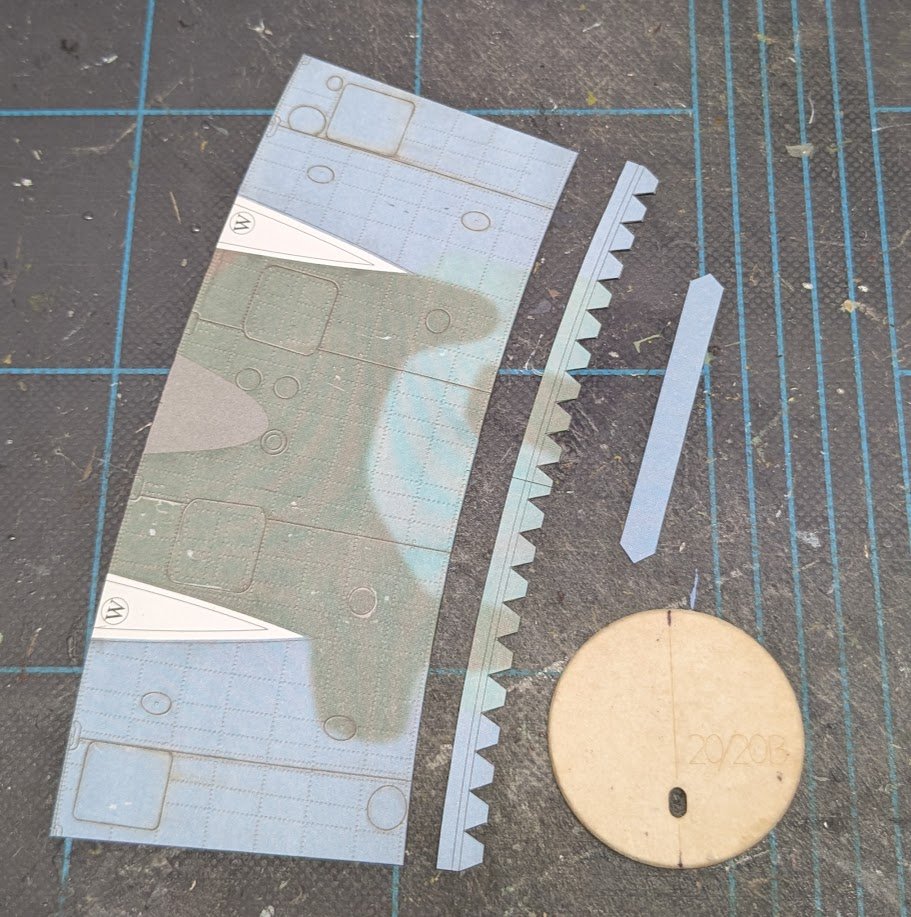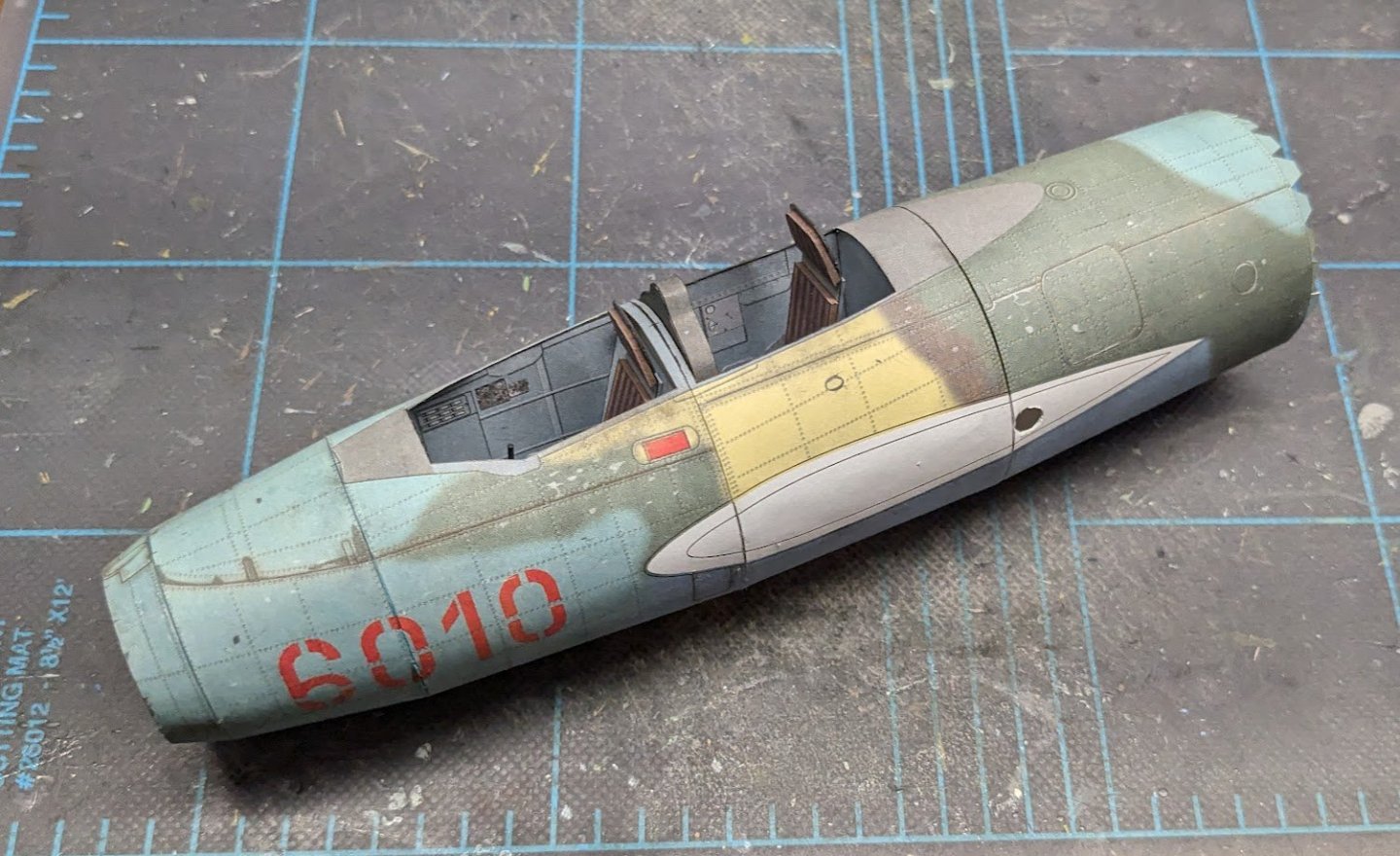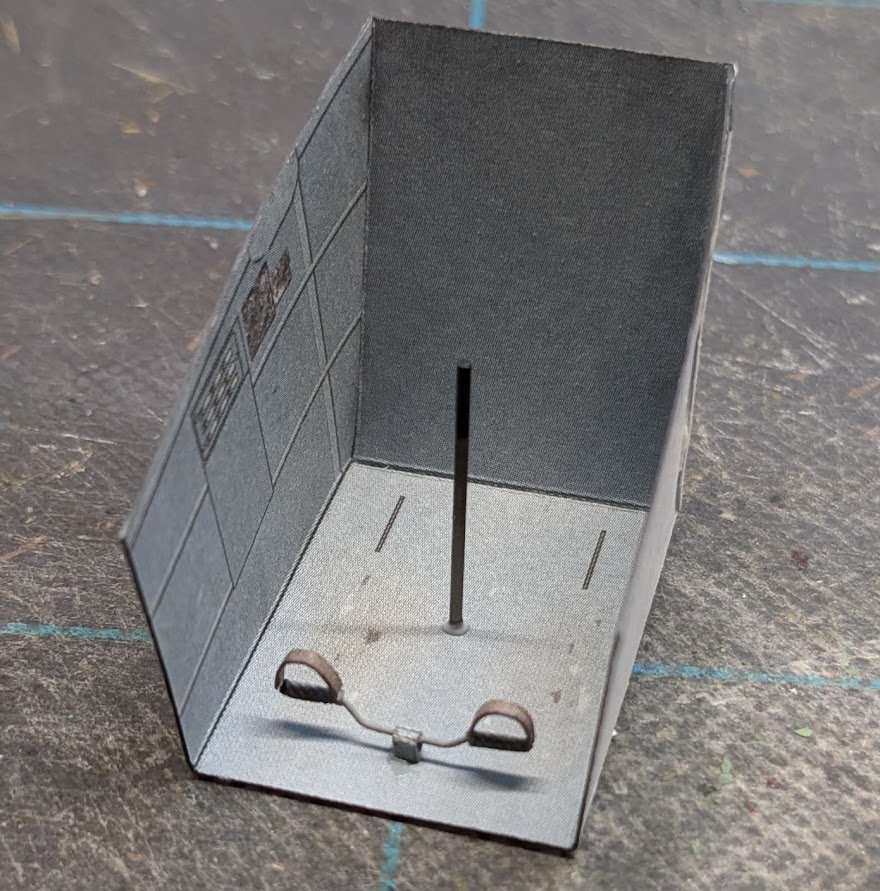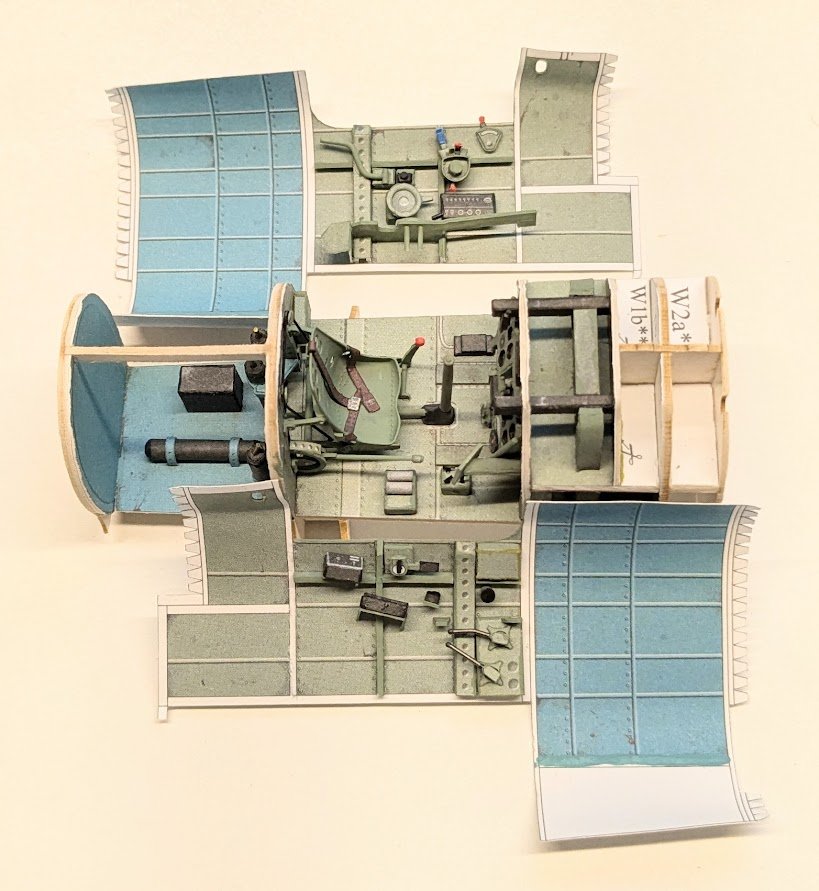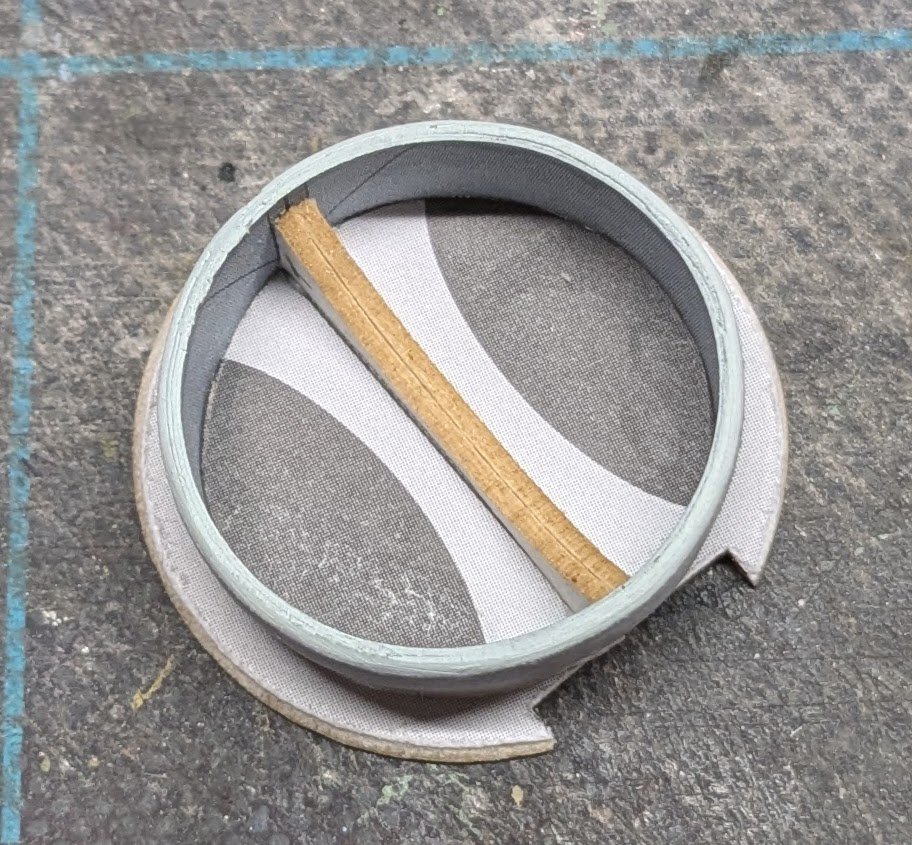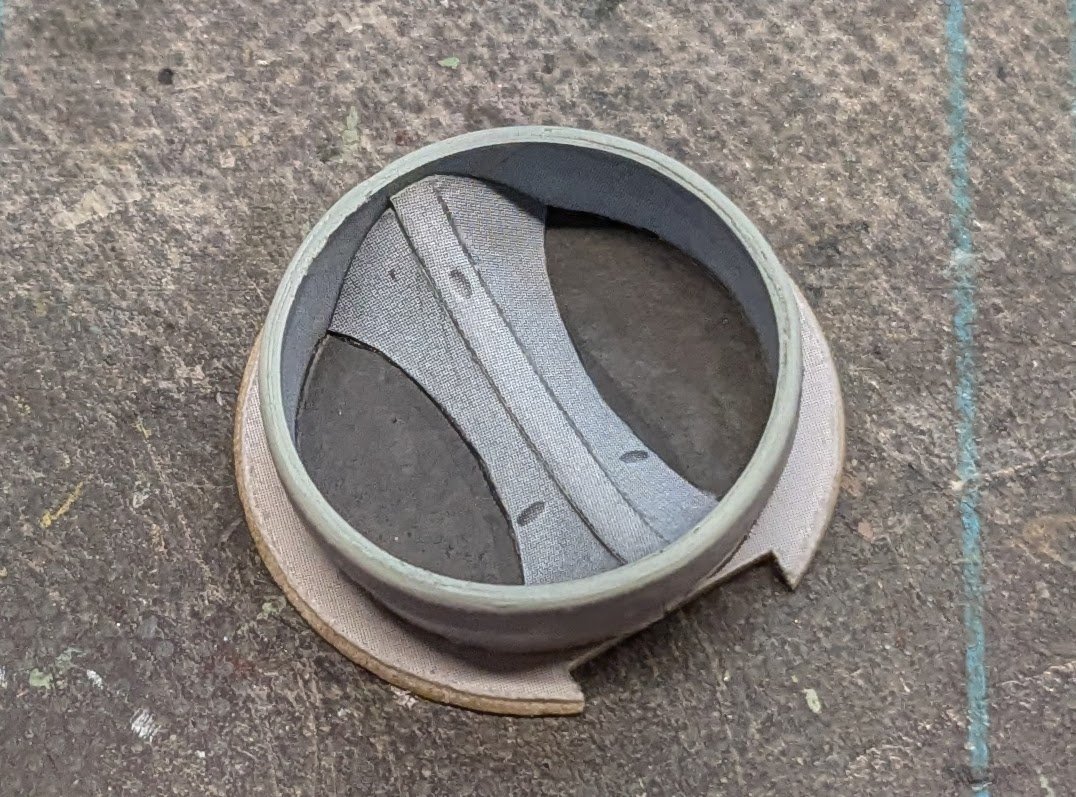-
Posts
10,307 -
Joined
-
Last visited
Content Type
Profiles
Forums
Gallery
Events
Everything posted by ccoyle
-
Continuing on with the vertical stabilizer. After prepping the skin and folding it (don't make a hard crease -- it should be slightly rounded at the leading edge), one side of the frame was glued in, then the remaining side was glued down separately, making sure to align the slots for the horizontal stabilizers. There's a couple of things to look out for. First, for whatever reason, the lowermost frame is supposed to be 0.2 - 0.5mm shy of the edge of the skin. In fact, none of the framing is flush with any edge, which makes positioning the frame a judgment call. Second, there is a dart to cut out near the top of the stabilizer. Frankly, I'm not 100% convinced the dart was necessary for the design, but it's there, so it needed to be removed. The resulting seam is supposed to lie along the uppermost framing piece, but for the life of me I couldn't get the framing and skin aligned in that fashion. This negatively impacted shaping the skin somewhat, and coupled with the fact that I didn't bevel the upper frame enough (it needs beveling, which isn't mentioned in the instructions), the resulting seam is not the best work I have ever done. That's it for now!
-
These are the words that precede many creative alternatives in our hobby!
- 121 replies
-
- Lucia A Simpson
- AJ Fisher
-
(and 1 more)
Tagged with:
-

Tilt Top Table by kgstakes - 1/12th scale
ccoyle replied to kgstakes's topic in Completed non-ship models
@kgstakes, Please read the following post: I've moved and edited this one for you. -
Now for the last fuselage section. It begins with the engine exhaust nozzle, a rudimentary structure consisting of four concentric rings and a bulkhead. Warning: the inner nozzle piece was too long and ended up forming a cylinder with a diameter too large to wrap the outer piece around. I fixed this by forming the outer cylinder first, adding the bulkhead, and then trimming the inner cylinder to fit inside. This finished basic cylinder gets wrapped with a pair of spacers. The last fuselage section is a simple conic section with a joiner strip. After that is glued and has had time to dry, the faux exhaust nozzle is added from the front and the spacers (not the cylinder!) are aligned with the end of the cone. Yet more drying time, after which we can glue the last section to the rest of the fuselage. With that, the fuselage (except for the canopy and gun sight) is done! Next we'll move on to the empennage.
-
No, the treatment is an idea that popped into my head while pondering the fact that the seams appear much darker than the surrounding print (but I'm sure I'm not the first person who ever thought of this). I created a thin wash from very dilute white glue and light gray paint. The hope was that the wash would tone down the edge coloring without completely covering it -- kind of like looking out a window covered by gauzy curtains. The wash is thin enough to wick into the offending seams.
-
Would that happen to be one of the Polish forums? I check the gallery at Kartonowki often, but since I can't read Polish (except for very basic modeling terms like drut or klej ), I don't visit the others regularly unless I am looking for builds of a specific kit.
-
Time to work on the aft fuselage. This next fuselage section was supposed to be added before working on the nose section according to the instructions, but that fact was only very briefly mentioned, which is how I managed to overlook it. In reality, it makes no practical difference whether one adds it earlier or only just now, as I have done. This section is a basic ring structure plus a bulkhead. There are two spots, marked with a 'W', that must be cut out. You can do that now, or after the section has been added to the fuselage. The latter option is advisable, since cutting them out now will create two weak spots along that edge. And here's the fuselage after that section has been added. Just one more section to go!
-
Congratulations on finishing (from a Toffees fan)!
- 16 replies
-
- dory
- Model Shipways
-
(and 2 more)
Tagged with:
-
Congratulations on a very sharp result!
- 62 replies
-
- prince de neufchatel
- model shipways
-
(and 1 more)
Tagged with:
-

how to value a pre 1950 model of the Santa Maria
ccoyle replied to amuzed_traveler's topic in New member Introductions
Since we don't really have a dedicated discussion area for topics like this one, I have moved it to the member introductions area. -

Parts an parts # building the norske love 1:75
ccoyle replied to joebgame's topic in Wood ship model kits
Since the question concerns a specific kit, I have moved the topic to the kits discussion area. Can't help you with the numbering, though. 😬 -
Okay, I made a significant blunder in this next phase! 😬 More on that in a moment . . . Next we assemble the air intake duct. A pair of laser-cut parts form the divider. You can see that I somehow managed to scuff the black portion on the left side, so I painted over both faux recesses. The left side of the sheathing needed very slight trimming, as did the center-line covering strip. There are two ways you can do the forward section with the intake, either add the intake to its smaller ring and then join the two rings together, or glue the rings together first and then add the intake. I strongly advise the latter option. There is no joiner strip provided for the forward ring, so I mad a small one from 20# bond. Joining the rings might seem awkward at first because the aft ring isn't closed at this point, but the task is not difficult. Next I added the wheel well to the cockpit section. There is no tic mark printed on its interior, but you can easily position the well by aligning its hole (where the nose wheel strut will go later) with the hole in the bulkhead and its sides with the fuselage's printed lines. And here's the finished nose. When joining these two sections of fuselage, care must be taken to make sure the forward projection of the wheel well fits into the bulkhead gap provided for it and within the fuselage skin. Don't forget to add glue to the wheel well sides where the ends of the fuselage ring land on them. Let's see -- did I forget anything? Oh, yes, that's right -- I forgot to add EXTRA WEIGHT to the interior of the nose! 😑 Derp!! Oh, well -- I have a solution in mind for that when the time comes. That's it for now!
-
Welcome aboard, friend. Pleasant stay be yours, enjoy! Haiku I write poor.
About us
Modelshipworld - Advancing Ship Modeling through Research
SSL Secured
Your security is important for us so this Website is SSL-Secured
NRG Mailing Address
Nautical Research Guild
237 South Lincoln Street
Westmont IL, 60559-1917
Model Ship World ® and the MSW logo are Registered Trademarks, and belong to the Nautical Research Guild (United States Patent and Trademark Office: No. 6,929,264 & No. 6,929,274, registered Dec. 20, 2022)
Helpful Links
About the NRG
If you enjoy building ship models that are historically accurate as well as beautiful, then The Nautical Research Guild (NRG) is just right for you.
The Guild is a non-profit educational organization whose mission is to “Advance Ship Modeling Through Research”. We provide support to our members in their efforts to raise the quality of their model ships.
The Nautical Research Guild has published our world-renowned quarterly magazine, The Nautical Research Journal, since 1955. The pages of the Journal are full of articles by accomplished ship modelers who show you how they create those exquisite details on their models, and by maritime historians who show you the correct details to build. The Journal is available in both print and digital editions. Go to the NRG web site (www.thenrg.org) to download a complimentary digital copy of the Journal. The NRG also publishes plan sets, books and compilations of back issues of the Journal and the former Ships in Scale and Model Ship Builder magazines.

